FWI imaging through basalts
Dataset and Workflow
Data from a 3D NATS survey in the Norwegian Sea, acquired with 8-km slanted cables in about 1.5 km deep water, were used. The survey aimed to image beneath basalt layers close to the seabed, with exploration targets within 3 km depth. The FWI process involved three stages:
- Adaptive Waveform Inversion (AWI): This stage built the shallow velocity structure using its immunity to cycle skipping and sensitivity to reflection moveout.
- Reflection Waveform Inversion (RWI): AWI was combined with RWI to alternate between reflectivity imaging and velocity modeling, handling surface and interbed multiples.
- True-amplitude FWI: This final stage focused on short-offset reflections to produce a high-resolution reflectivity image.
Results
The FWI-derived velocity model revealed detailed structures within basalt layers, showing significant improvements over conventional PSDM images. Key findings include:
- Enhanced continuity and reduced undulation in sub-basalt reflectivity.
- Improved deep reflectivity despite multiple contamination in raw field data.
- Automated parameter control using local phase differences between predicted and observed data.
Vp: start | 6Hz acoustic FWI | 10 acoustic FWI | 20 acoustic FWI | 40 acoustic FWI | 60 acoustic FWI

Start Vp in-lines in the sub-salt strike direction, S-Cube Wintershall Dea Seismic Imaging
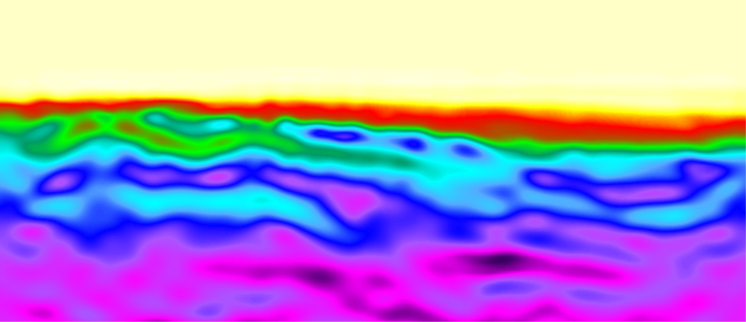
6Hz acoustic FWI Vp in-lines in the sub-salt strike direction, S-Cube Wintershall Dea Seismic Imaging
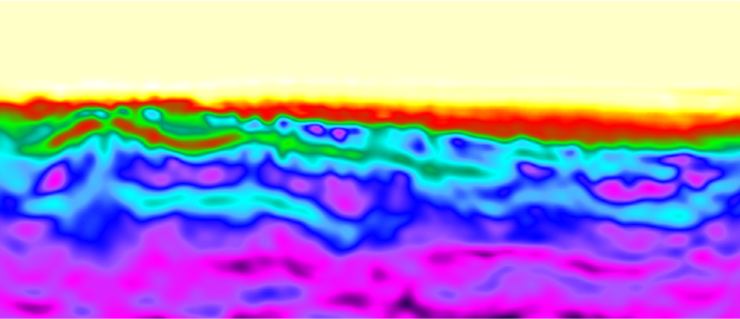
10Hz acoustic FWI Vp in-lines in the sub-salt strike direction, S-Cube Wintershall Dea Seismic Imaging
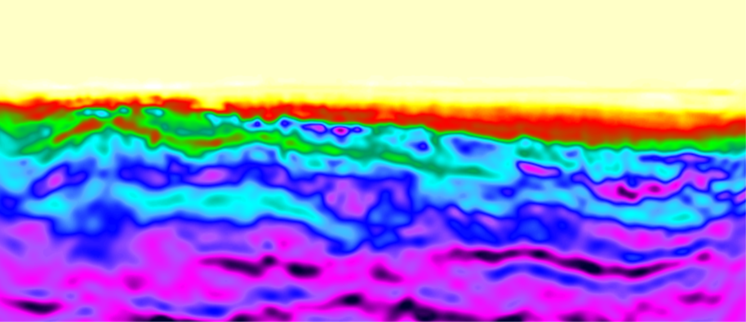
20Hz acoustic FWI Vp in-lines in the sub-salt strike direction, S-Cube Wintershall Dea Seismic Imaging
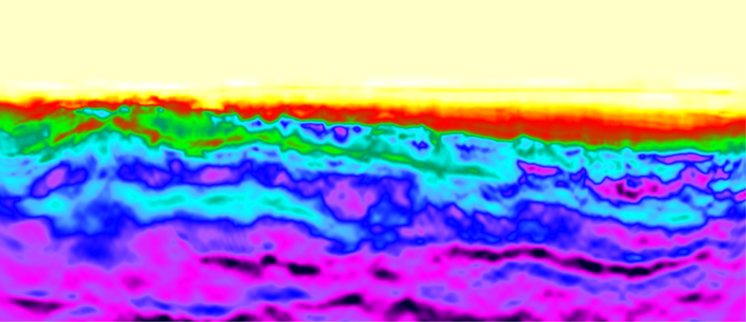
40Hz acoustic FWI Vp in-lines in the sub-salt strike direction, S-Cube Wintershall Dea Seismic Imaging
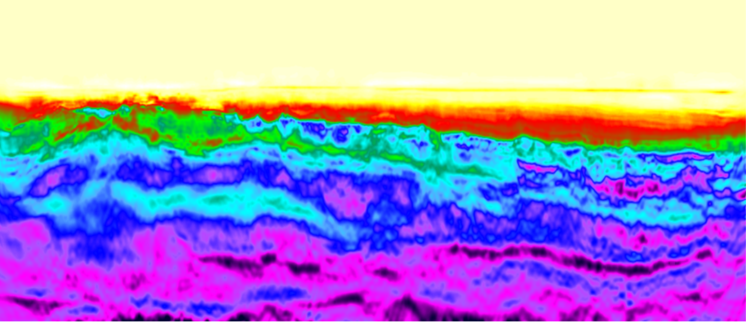
60Hz acoustic FWI Vp in-lines in the sub-salt strike direction, S-Cube Wintershall Dea Seismic Imaging
Reflectivity: 20Hz FWI | 40Hz FWI | 60Hz FWI
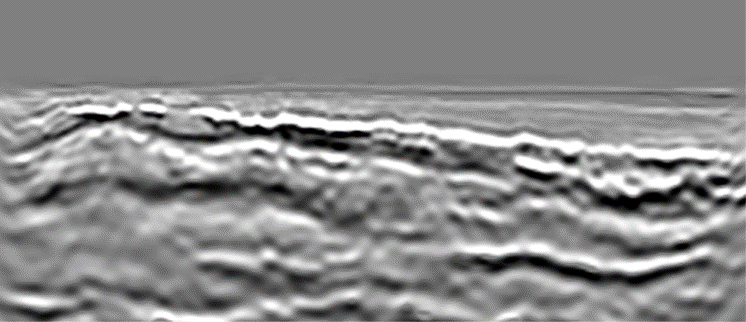
P-wave reflectivity image obtained by spatial differentiation of the FWI acoustic-impedance model at 20 Hz, in-lines in the sub-salt strike direction, S-Cube Wintershall Dea Seismic Imaging
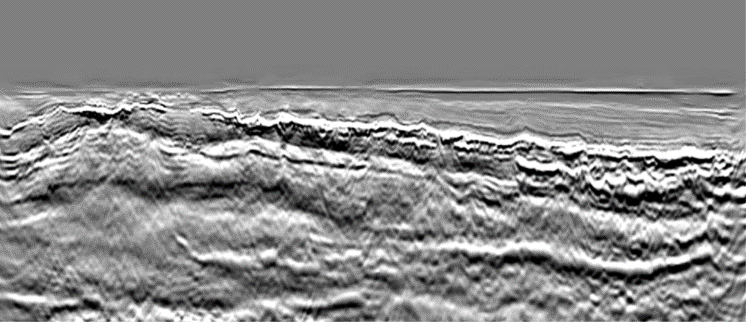
P-wave reflectivity image obtained by spatial differentiation of the FWI acoustic-impedance model at 60 Hz, in-lines in the sub-salt strike direction, S-Cube Wintershall Dea Seismic Imaging
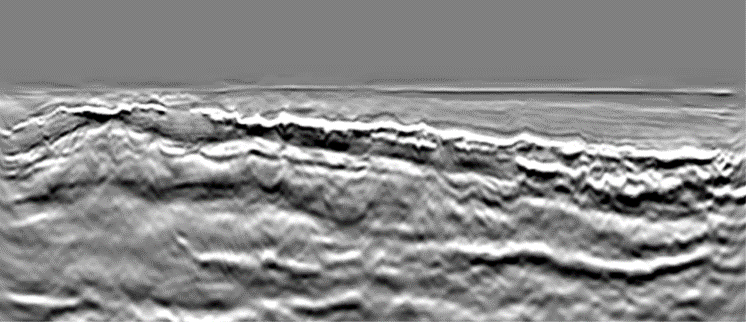
P-wave reflectivity image obtained by spatial differentiation of the FWI acoustic-impedance model at 40 Hz, in-lines in the sub-salt strike direction, S-Cube Wintershall Dea Seismic Imaging
Cost Efficiency
By leveraging Spot Instances, which take advantage of unused EC2 capacity at reduced rates, we achieve significant cost savings. Our architecture is designed to be fault-tolerant, ensuring that our systems can gracefully handle instance interruptions without impacting overall performance. Additionally, the adoption of the latest generation of AWS Graviton EC2 instances provides an optimal price-to-performance ratio. These instances are specifically engineered to deliver high computational power while maintaining cost efficiency, enabling us to obtain iterative results faster and at a lower cost.
Scale
The immense scale of the public cloud is another critical factor in our workflow efficiency. AWS's extensive infrastructure allows us to run multiple processing workloads in parallel, eliminating the need for queuing and drastically reducing the time required to generate results. This scalability ensures that we can handle large volumes of data and complex computations without bottlenecks, leading to more timely and reliable outputs.
Reliability and Flexibility
Our cloud infrastructure provides a reliable and flexible environment for running diverse workloads. The use of managed services and automation tools simplifies the deployment and management of our applications, ensuring consistent performance and minimizing the risk of downtime. This robust setup allows us to adapt quickly to changing requirements and scale resources up or down as needed, further enhancing our operational efficiency.
Security
The cloud's comprehensive security features, including encryption, access control, and compliance certifications, ensure that our data and applications are protected. These built-in security measures enable us to maintain high standards of data integrity and privacy, which is crucial for delivering trustworthy results.
The study demonstrates the effectiveness of advanced FWI techniques for imaging beneath basalts using conventional seismic data. A three-stage FWI approach, starting with AWI, followed by combined AWI-RWI, and concluding with high-frequency true-amplitude FWI, proved successful. This method yielded superior images without reliance on prior models, highlighting its potential for future sub-basalt exploration.
The results of this workflow have been published on the 85th EAGE Annual Conference & Exhibition. Read more